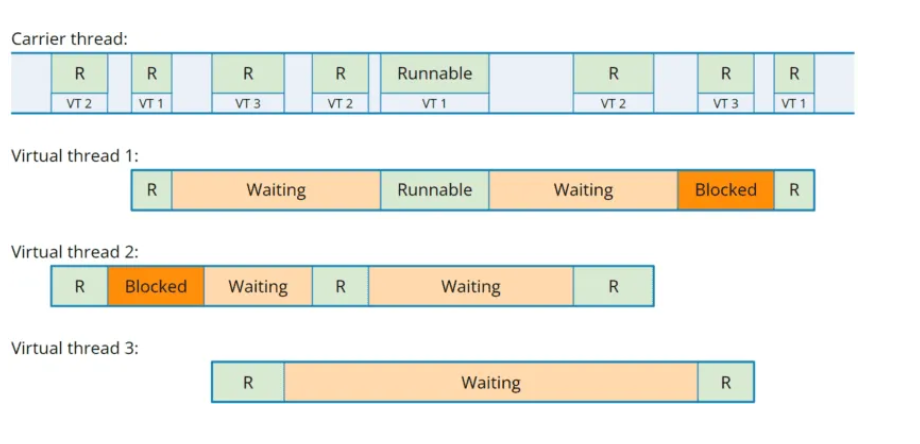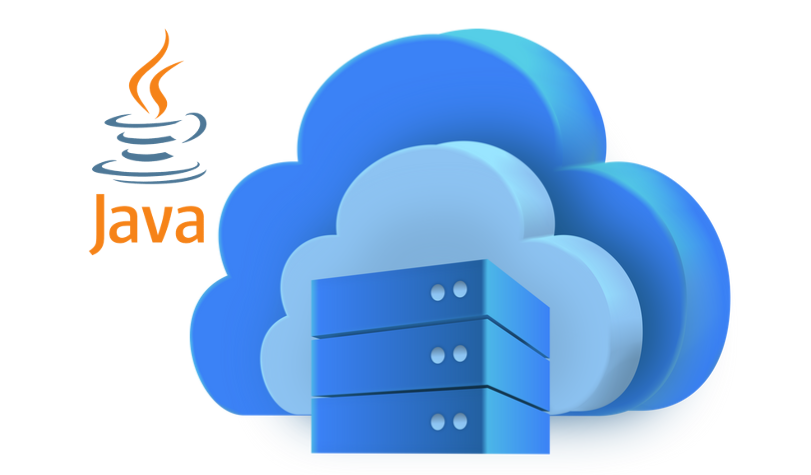In the fast changing world of technology, staying ahead of Java trends is not just an advantage, it is a necessity. Java, one of the most beloved and enduring programming languages, has managed to stand the test of time by constantly evolving and adapting. Whether you are a seasoned developer or just stepping into the world of coding, understanding where Java is headed can open up opportunities, sharpen your skills, and future-proof your career.
As we step into 2025, Java’s ecosystem is brimming with innovation. From lightweight threading models to AI-driven advancements, the language is embracing modern challenges with elegance and power. But what does this mean for you as a developer, and how can you leverage these trends to build smarter, faster, and more efficient applications?
In this article, we will go through the five Java trends that are shaping the future of software development. Each trend represents not just a technical shift but a practical opportunity to simplify workflows, create scalable solutions, and stay relevant in a competitive industry. So, grab a coffee, and let’s dive into what makes Java shine in 2025!
Java’s Evolution: A Bigger Picture

Java is like a classic car that is constantly getting modern upgrades. With Oracle’s six-month release cadence, developers now enjoy a steady stream of new features and improvements, keeping Java competitive and exciting.
In 2025, Java trends are:
- It is easier to learn and use, thanks to features like records and virtual threads.
- Faster and more resource-efficient, thanks to GraaIVM
- Perfectly aligned with cloud-native and AI-driven development
If you have ever considered Java’s place in the modern world, these trends should put your mind at ease. Java is not just surviving; it’s thriving, evolving to meet the challenges of a tech-driven future.
So whether you are a seasoned Java developer or someone curious about where the language is headed, 2025 is an exciting time to be part of the Java Community and know about Java trends.
5 Technical Java Trends in 2025
Java, the evergreen programming language, is constantly evolving to keep pace with the dynamic world of technology. If you are a Java developer or just curious about where this language is headed, let us explore into five trends shaping Java development in 2025.
Well, Java is getting smarter, faster, and more developer-friendly in 2025!
1. Virtual Threads: Concurrency Made Simple with Project Loom
Imagine you are hosting a party, and you have a dedicated waiter for every guest. Sounds luxurious, right? But if you are throwing a party for thousands, you will run out of waiters pretty quickly. This is the problem traditional Java threads face; they are heavyweight and resource-hungry.
Enter virtual threads, a game-changing feature from Project Loom. Virtual threads are lightweight waiters who do not need much space or food but still get the job done. With these, Java applications can manage millions of concurrent tasks without breaking a sweat.
In 2025, developers are embracing virtual threads because:
- They simplify working with concurrency (no more wrestling with callbacks and thread pools)
- They scale like magic for high-performance applications, such as servers handling thousands of simultaneous users.
This is a big deal because Java’s concurrency model has historically been a challenge. Virtual threads make it easier, faster, and more elegant to write scalable applications. For developers, this means spending less time debugging and more time building cool stuff.

2. GraaIVM: Java Goes Native
Do you remember the days when Java applications were infamous for slow startup times? Well, that’s changing, thanks to GraaIVM, a cutting-edge tool that lets Java apps run as native executables. Think of it like packing your bags for a vacation, you only take what you need, leaving the rest behind.
GraaIVM trims down Java applications, making them leaner and faster. In 2025, this is becoming essential for:
- Microservices: Where speed and resource efficiency matter
- Serverless Computing: Where you pay for execution time, every millisecond counts
- IoT and Edge Devices: Where memory and processing power are limited
Developers love GraaIVM because it turns Java into a powerhouse for cloud-native environments, with near-instant startup and reduced memory usage. It is like giving your Java app a superhero suit.
| native-image [options] -jar jarfile [executable name] |
3. Java Gets Cozy with Cloud-Native Development

Let’s face it, everything is moving to the cloud. Whether it is storing cat videos or running complex enterprise systems, the cloud is where it is at. Java is evolving to meet this demand with frameworks like Spring Boot, Micronaut, and Quarkus, which are optimized for modern cloud environments.
In 2025, Java developers are mastering cloud-native skills, such as:
- Building containerized apps: Java apps that play nicely with Docker and Kubernetes.
- Embracing serverless architecture: Running Java functions on AWS Lambda, Google Cloud Functions, and Azure Functions
- DevOps Integration: Automating builds, deployments, and monitoring
Java’s ecosystem now feels at home in the cloud. Developers can easily deploy resilient, scalable, and efficient apps without needing to switch to another language.
4. Records and Sealed Classes: Cleaner Code, Happier Developers
If you have been frustrated writing endless getter-setter-toString boilerplate, you are not alone. Java heard our cries and introduced records. Think of records as Java’s way of singing, “Let’s cut to the chase!” They let you create simple data classes with just a few lines of code.
For example:
| record Person (String name, int age) {} |
That’s it, no use of getters, no constructors, no boilerplate, only the essentials. Then there are SEALED CLASSES, which give you more control over inheritance. They let you define who extends your class, making your code safer and easier to understand. In 2025, these features will be helping developers:
- Write cleaner, more expressive code
- Avoid unnecessary bugs caused by complex inheritance
- Stay focused on solving real problems, not writing repetitive code.
5. Machine Learning and AI Java Trends: Java Steps Into the Spotlight
Artificial Intelligence is no longer the future, rather it is the present. From chatbots to self-driving cars, AI is everywhere. And Java, with its rock-solid reliability, is stepping up to the challenge.
Frameworks like Deep Java Library (DJL) and TensorFlow for Java are making it easier for developers to build machine learning models without needing to switch to Python. Java’s strengths—scalability, security, and a huge ecosystem—make it perfect for deploying AI applications in production.
In 2025, Java developers are:
- Building intelligent applications, like recommendation systems and fraud detection tools.
- Integrating AI into existing Java systems without a complete overhaul
- Benefiting from the JVM’s performance and vast libraries
Java is not trying to replace Python in AI, it is finding its own niche where reliability and scalability matter most.
Learn Java With PW Skills
Become proficient in Java programming language and build scalable Java applications with Decode Java DSA Course. Learn about the latest Java trends and tools to master application development. Get complete tutorials for Java fundamentals, API integration, and more. Learn with experienced mentors and build real-world projects with Java. Learn data structures in this self-paced program.
Java Trends FAQs
Q1. What is the future of Java in 2025?
Ans. As we step into 2025, Java’s ecosystem is brimming with innovation. From lightweight threading models to AI-driven advancements, the language is embracing modern challenges with elegance and power.
Q2. What are the trends in Java in 2025?
Ans. Some of the most common trends in Java in 2025 include virtual threads, GraaIVM, records and sealed classes, and many AI integrations.
Q3. How will the developers be affected by Java’s latest trends?
Ans. It is easier to learn and use, thanks to features like records and virtual threads. Faster and more resource-efficient, thanks to GraaIVM. Perfectly aligned with cloud-native and AI-driven development

